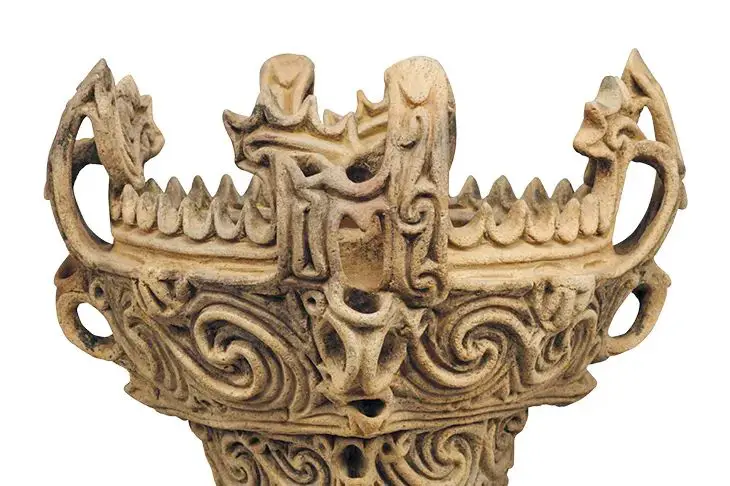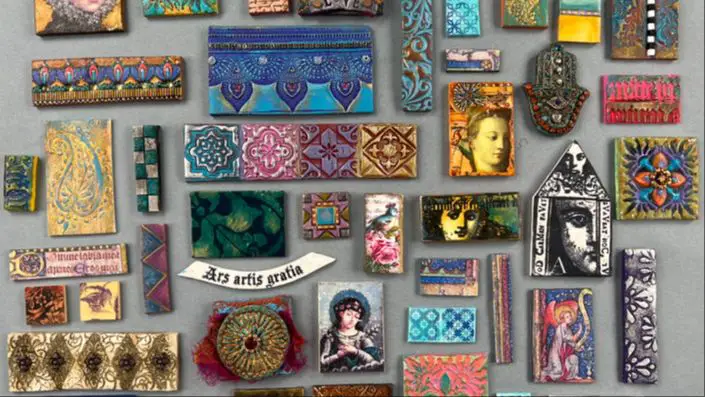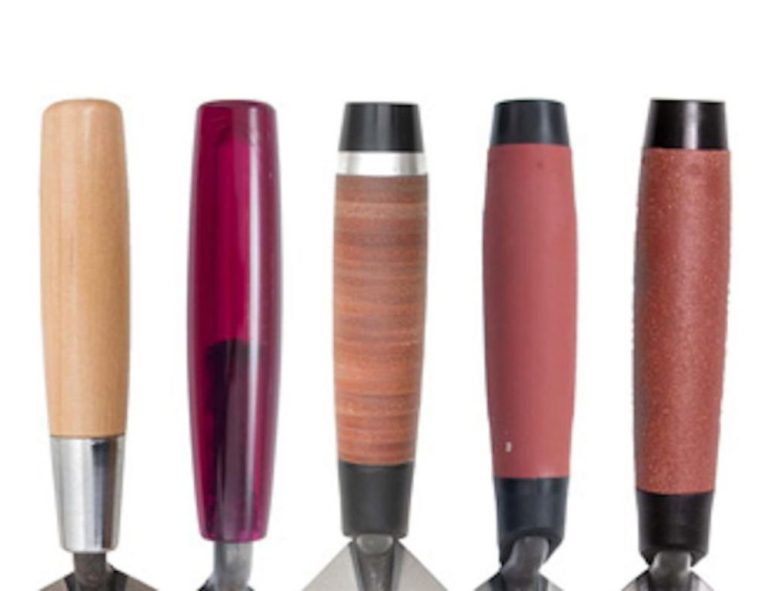What Is The Most Sought After Pottery?
Pottery refers to objects made from clay that have been shaped and hardened through firing in a kiln. Pottery is one of the oldest human inventions, dating back over 20,000 years, and remains an important part of human culture worldwide. Throughout history, different styles and techniques of pottery have risen and fallen in popularity and value based on factors like scarcity, artistry, and association with certain cultures or time periods.
Some of the most popular and valuable types of pottery over time include prehistoric pottery, ancient Greek pottery like Attic black-figure and red-figure styles, Chinese porcelain from the Song, Ming, and Qing dynasties, Islamic pottery from the 8th-16th centuries, Italian Renaissance maiolica, Dutch delftware from the 17th century, British creamware and Jasperware from the 18th-19th centuries, and Art Nouveau and Arts & Crafts pottery from the turn of the 20th century.
Prehistoric Pottery
Some of the most sought after pottery comes from the prehistoric era, before written records began. In Japan, the Jomon period lasted from around 14,000 BCE to 300 BCE and produced the earliest known pottery in the world (The TR B W est G roup 256). Jomon pottery was created by hunter-gatherer cultures and was often decorated with cord markings. Many Jomon pots and figurines depicting animals and female figures have been discovered. The pottery was an important part of rituals anddaily life for early Jomon people.

In Europe, many prehistoric Venus figurines made of fired clay have been unearthed, the oldest dating back over 35,000 years. These portable statuettes of voluptuous female forms were created across Europe and Siberia throughout the Upper Paleolithic period. The purpose of these figurines is still debated, but they demonstrate advanced pottery skills and an interest in the human form very early on in human history.
Ancient Greek Pottery
Ancient Greek pottery was an art form that spanned from the 11th to 7th century BC (World History Encyclopedia). The most famous styles of Ancient Greek pottery were the black-figure and red-figure styles. These pottery vessels were decorated with black silhouettes and red figures, respectively.
Some of the most famous ancient Greek potters and painters included Exekias, Euphronios, Euthymides, and the Amasis Painter. Exekias was renowned for his black-figure amphorae, often depicting famous mythological scenes. Euphronios was one of the most accomplished red-figure painters, specializing in large pots such as kraters used for mixing wine and water at banquets. Euthymides pioneered new red-figure techniques and experimented with perspective. The Amasis Painter, though anonymous, was celebrated for his lively narrative scenes in the black-figure style (Britannica).
The shapes and decorative styles of ancient Greek pottery conveyed meaning about their functions and revealed details about daily life and culture. The elegant forms and intricately painted scenes make ancient Greek pottery highly sought after today.
Ancient Chinese Pottery
Ancient Chinese pottery has a history spanning over 10,000 years showcasing remarkable evolution in styles and techniques. Some of the most significant developments include celadon and greenware glazes perfected during the Song dynasty, multicolored Tang Sancai wares, and the famous blue and white porcelain that emerged during the Yuan dynasty.
Celadon refers to a family of plain greenish glazes, mainly on stoneware bodies, that were developed and prized in ancient China. The technique involved firing pottery in an oxidizing kiln at high temperatures resulting in a jade-like surface finish. Celadon glazes were perfected during the Song dynasty achieving a renowned tranquility of color and beauty (Study.com).
Tang Sancai was a style of Chinese pottery invented during the Tang Dynasty characterized by bright green, amber, and cream glazes. Sancai means three colors in Chinese referring to the vivid hues used on the glazes. Tang sancai wares had a significant influence on later Chinese pottery and also greatly impacted Japanese ceramic traditions (Chinese-Temple.com).
Blue and white porcelain first emerged in the Yuan dynasty after cobalt blue pigments were imported from the Middle East. The blue and white style perfected under the Ming dynasty became one of the most recognizable and exported types of Chinese porcelain around the world. Blue and white porcelain combined graceful shapes and decorations with a brilliant cobalt blue drawn from Islamic traditions (ChinaTravelGuide.com).
Islamic Pottery
Islamic pottery originated between the 8th and 9th centuries and was influenced by Chinese ceramics as well as Byzantine and European pottery.[1] Two distinctive techniques emerged in Islamic pottery – tin-glazed earthenware and lusterware.
Tin-glazed earthenware, also known as maiolica, was developed in Mesopotamia in the 9th century. The process involved covering a red clay body with an opaque white glaze made with tin oxide. Designs were painted on the glaze in metallic oxides and the pieces were fired again to fuse the paint. The whiteness of the glaze resembled Chinese porcelain which was highly valued at the time.
Lusterware was invented in 9th century Mesopotamia as well. This technique involved adding metallic compounds like copper and silver oxides to the glaze. When fired in a kiln with low oxygen, the metals formed a shiny metallic film on the surface. Gold and red were the most common lustre colors but blues, greens, and yellows were also created.[2]
Key production centers were Syria, Egypt and Persia. Styles varied by region but included geometric patterns, Arabic calligraphy, floral motifs, and figurative imagery. By the 15th century, quality and innovation declined due to Mongol invasions and trade disruptions.[3]
Prominent examples of Islamic pottery, like those in the collections of the Metropolitan Museum of Art, demonstrate the technical achievements and artistic range of this distinctive tradition.
Renaissance Majolica
The Renaissance period saw the rise of maiolica, a style of brightly-colored tin-glazed pottery made in Italy. Maiolica evolved from an earlier technique used in Spain and the Islamic world.
Maiolica takes its name from the island of Majorca, a center for production in the medieval period. Italian potters adapted Islamic tin-glazing methods, applying opaque white glaze backgrounds to their ware and decorating with colorful enamel pigments.[1]
Renaissance maiolica reached an artistic peak in the 16th century. Master ceramists like Nicola da Urbino and Francesco Xanto Avelli created richly painted wares depicting historical, biblical and mythological scenes.
Maiolica spread across Italy with regional styles emerging in Faenza, Florence, Deruta and elsewhere. By the 17th century, maiolica production declined with the rise of porcelain and other pottery types.
Dutch Delftware
Delftware refers to the blue and white tin-glazed pottery produced in the Netherlands starting in the early 17th century in the city of Delft. The Dutch East India Company imported large quantities of Chinese porcelain to Europe, exposing Dutch potters to new designs and techniques.
Dutch potters began producing tin-glazed earthenware in imitation of Chinese blue and white porcelain, which was highly sought-after. They covered white clay with an opaque glaze made of tin oxide and added cobalt oxide for the characteristic blue coloring. Delftware gained popularity across Europe for its bright colors and intricate painting inspired by Chinese motifs like flowers, birds, and landscapes.
While the earliest Delft potters aimed to copy Chinese porcelain, by the mid-1600s a distinctive Dutch style emerged. Scenes of Dutch life became common subjects, along with biblical stories and royal portraits. Delftware makers marked the undersides of pieces with a D inside a shield shape along with maker’s marks.
At its peak in the late 1600s, Delft had over thirty pottery factories. But maintaining the labor-intensive production was challenging, and changing tastes led to the decline of Delft pottery. The last factory closed in the early 1800s. Today, authentic Dutch Delftware is a sought-after antique prized for its artistic craftsmanship.
Source: https://royaldelft.com/en/
British Creamware
British creamware refers to a refined type of earthenware pottery that was first developed around 1750 by English potter Thomas Astbury, and later perfected by renowned potter Josiah Wedgwood in the 1760s. It is characterized by its pale cream glaze and Neoclassical decorative styles inspired by ancient Greek and Roman art.
Creamware’s refined whitish body and glaze was achieved through the addition of calcined flint or bone ash to pottery clay, which enabled the production of thinner, lighter, and more delicate forms compared to earlier English slipwares. Wedgwood began marking his creamware with impressions such as “Wedgwood” and “Made in England,” which soon made it hugely popular for domestic table and tea wares.
Typical creamware vessels include plates, bowls, teapots, jugs and trays featuring neoclassical motifs like urns, acanthus scrolls and ornamental swags. More elaborate and expensive “useful wares” were decorated with portraits, landscapes scenes, floral patterns and maritime themes. Creamware was widely exported from Britain to Europe and its colonies, becoming essential for 18th century tea and table services.
While cheaper alternatives like pearlware surpassed creamware in popularity by the early 1800s, antique creamware is still prized by collectors today for its historic designs and floral underglaze blue hand-painting. Famous examples can be seen at museums like the New Bedford Whaling Museum, which has an exquisite collection of 18th-19th century British creamware featuring intricate nautical motifs and scenes.
Victorian Art Pottery
The Arts and Crafts pottery movement began in America in the 1870s and emerged out of a desire to move away from industrialization and return to handcrafted goods. The ideals of the Arts and Crafts movement called for quality design and craftsmanship using simple forms inspired by nature (“Arts and Crafts Pottery”).
Key figures included Mary Louise McLaughlin who founded the Cincinnati Pottery Club in 1879 and started producing handmade pottery with natural motifs. Other influential Arts and Crafts potters included Charles Volkmar, George Ohr, Adelaide Alsop Robineau, and Maria Longworth Nichols who established Rookwood Pottery in Cincinnati in 1880 (“Arts and Crafts Pottery”). Rookwood Pottery went on to become the largest producer of art pottery in the United States at that time.
Art nouveau pottery also emerged during the late 1800s featuring the sinuous organic forms and floral motifs characteristic of the art nouveau style. Major art nouveau potteries included Grueby Faience Company in Boston and Newcomb Pottery established in New Orleans in 1895. Their pottery featured curving asymetrical shapes and colorful glazes inspired by natural forms and processes.
Conclusion
In summary, some of the most popular and valuable types of pottery remain coveted and highly sought after even centuries after they were first created. Certain styles like Ancient Greek pottery, Renaissance majolica, Victorian art pottery, and especially rare examples of Chinese porcelain regularly fetch high prices at auction due to their historic significance, intricate artistry, and scarcity.
Ancient Greek vessels painted with complex scenes of mythology and daily life provide a valuable window into this ancient culture. The technical mastery of Renaissance majolica artists in Italy advanced decorative ceramic arts to new heights. Victorian era potters like the Martin Brothers infused art pottery with creative originality. And Chinese porcelain from the Song, Ming, and Qing dynasties demonstrates why Chinese ceramics have long been prized above all others. The technical achievements, aesthetic beauty, historic and cultural importance, and rarity of these and other styles ensure their enduring popularity among collectors.



